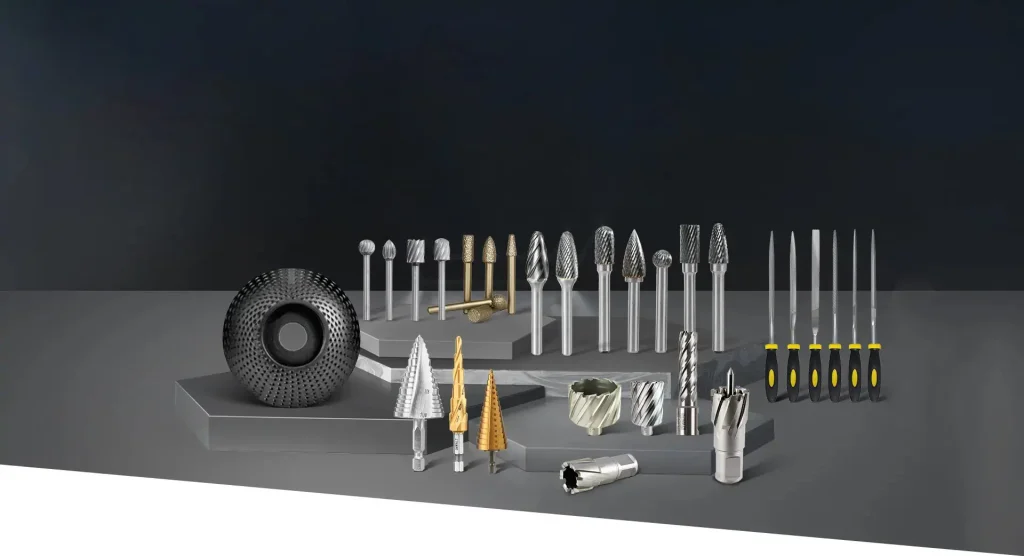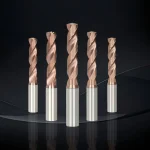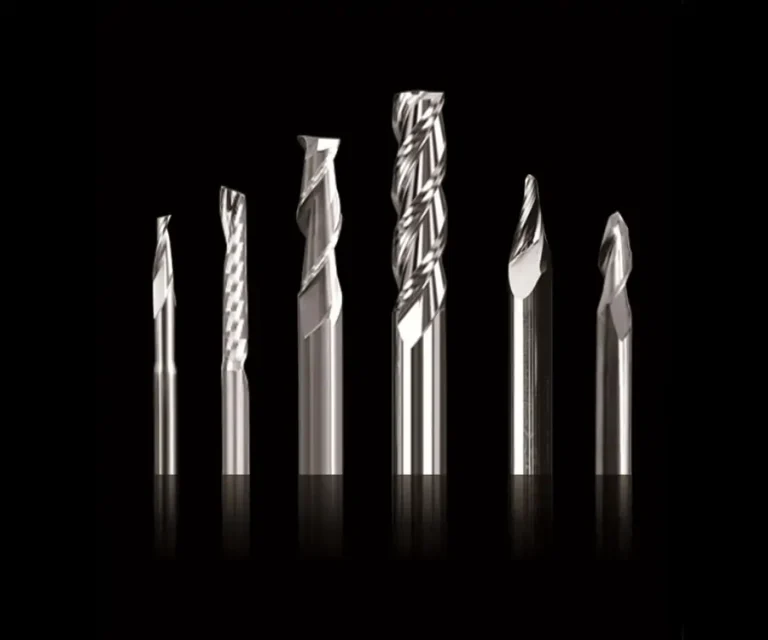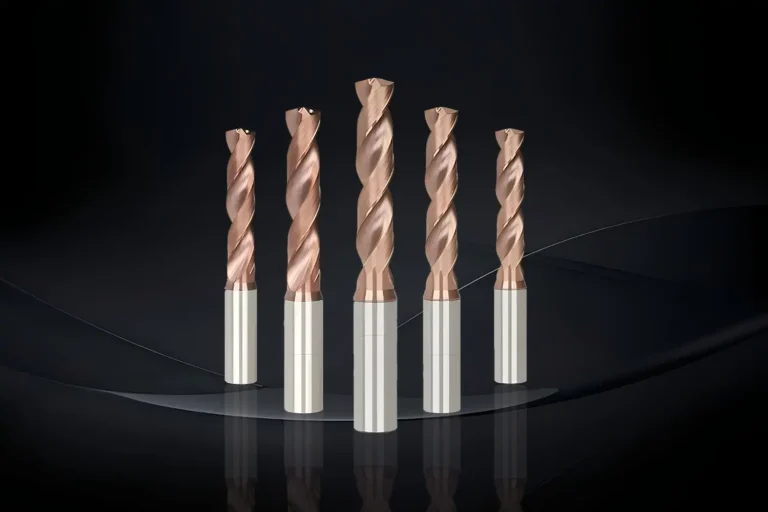Understanding the right drill bit sizes for wood is crucial for any woodworking project, whether you’re a seasoned carpenter or a DIY enthusiast. This guide aims to demystify drill bit sizes and help you make informed choices for your projects.
Drill bits come in different shapes and sizes, and their primary purpose is to create holes in various materials. For woodworking, selecting the appropriate drill bit size is essential to ensure precision and maintain the integrity of the material.
Types of Wood Drill Bits
There are several types of drill bits designed specifically for wood:
- Twist Bits: The most common type, ideal for general woodworking.
- Brad Point Bits: Offers precision for clean entry and exit holes.
- Auger Bits: Perfect for deep holes and boring through thick wood.
- Spade Bits: Best for larger holes, but can be rough around the edges.
- Forstner Bits: Provides smooth, flat-bottomed holes.
Understanding these types will help you determine which bit to use for your specific needs.
Understanding Drill Bit Sizes
Drill bit sizes can be perplexing, especially when you encounter different measurement systems. However, understanding these measurements is vital for precision and efficiency in your woodworking projects.
Measurement Systems
Drill bits are typically measured using two systems:
- Fractional-Inch Sizes: Common in the United States, these sizes are expressed in fractions of an inch (e.g., 1/8″, 3/16″).
- Metric Sizes: Used globally, these sizes are expressed in millimeters (e.g., 3mm, 6mm).
Standard Wood Drill Sizes
For woodworking, some of the most common drill bit sizes include:
- 1/16 inch: Ideal for pilot holes and small projects.
- 1/8 inch: Great for general-purpose drilling.
- 1/4 inch: Suitable for larger screws and bolts.
- 3/8 inch: Often used for doweling and furniture assembly.
- 1/2 inch: Perfect for boring larger holes.
Choosing the Right Size
Selecting the appropriate size depends on the task at hand. For instance, when drilling pilot holes for screws, the drill bit should be slightly smaller than the screw to ensure a tight fit. Conversely, for dowels, the bit should match the dowel’s size for a snug fit.
Using a Wood Drill Bit Chart
A wood drill bit chart is an invaluable tool for any woodworker. It provides a quick reference for converting between metric and fractional-inch sizes, ensuring you always have the right bit for your project.
How to Use a Drill Bit Chart
- Identify the Required Size: Determine the size needed for your project, whether it’s for a screw, dowel, or bolt.
- Match the Size on the Chart: Use the chart to find the equivalent size in both measurement systems.
- Select the Appropriate Bit: Choose a bit that matches your project requirements.
Using a chart can save time and prevent errors, especially in projects requiring high precision.
Tips for Effective Wood Drilling
Drilling into wood may seem straightforward, but a few tips can enhance the quality and efficiency of your work:
Pre-Drill Pilot Holes
For screws, always pre-drill pilot holes to prevent the wood from splitting. This is especially important for hardwoods and when working near the edge of the wood.
Maintain Sharp Bits
Dull bits can cause tear-out and damage the wood. Regularly check and sharpen your bits to maintain their effectiveness.
Use the Right Speed
Adjust the drill speed according to the bit size and wood type. Larger bits and harder woods require slower speeds to prevent overheating and ensure clean cuts.
Secure the Wood
Always secure your workpiece with clamps or a vise to prevent movement and ensure safety during drilling.
Conclusion
Understanding drill bit sizes for wood is essential for any successful woodworking project. By familiarizing yourself with the types, sizes, and uses of drill bits, you can ensure accuracy and efficiency in your work. A wood drill bit chart can be a handy reference, simplifying the selection process and helping you achieve professional results.
Whether you’re drilling pilot holes, creating large bores, or working with delicate materials, choosing the right drill bit size will make all the difference. With this guide, you’re now equipped to tackle your woodworking projects with confidence and precision. Happy drilling!
















